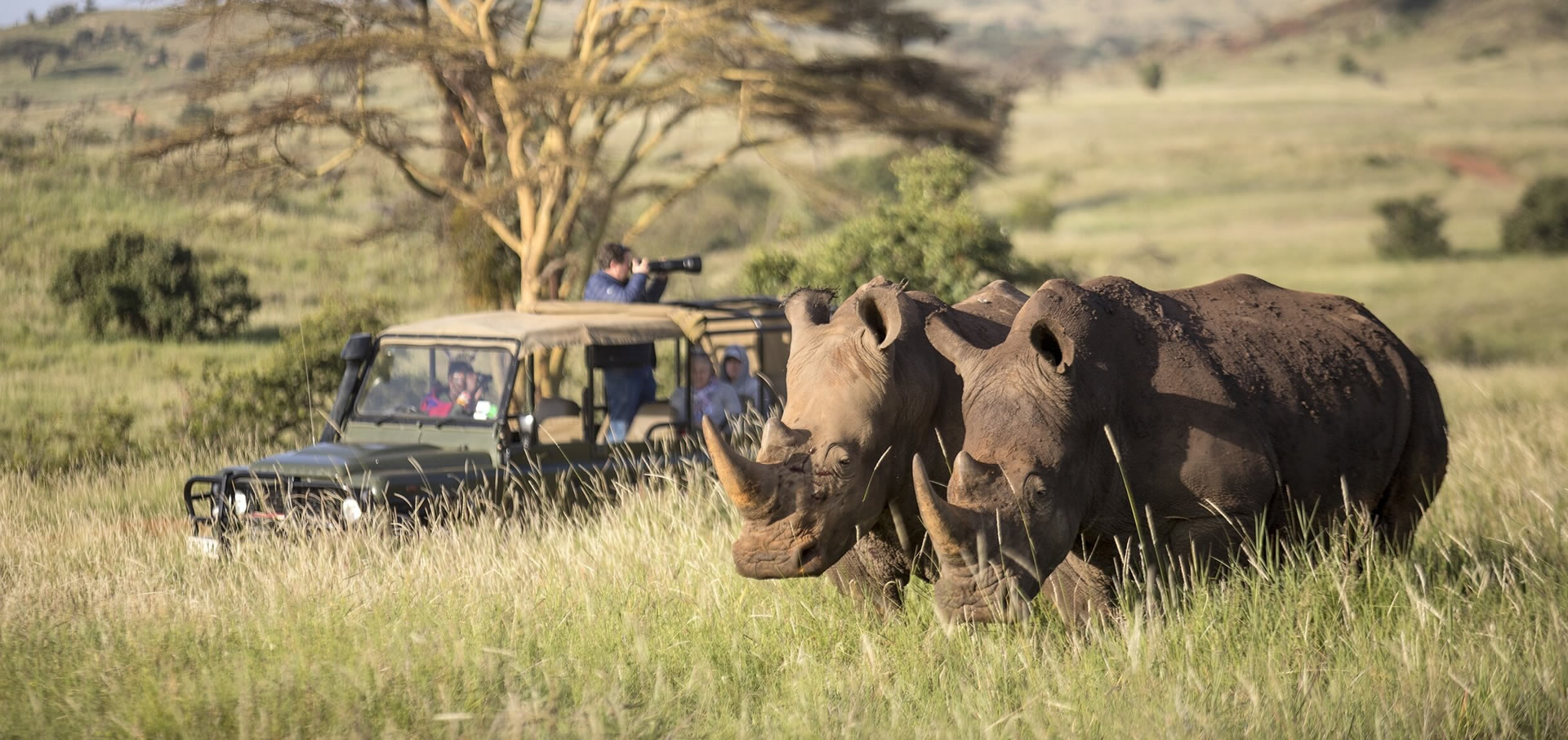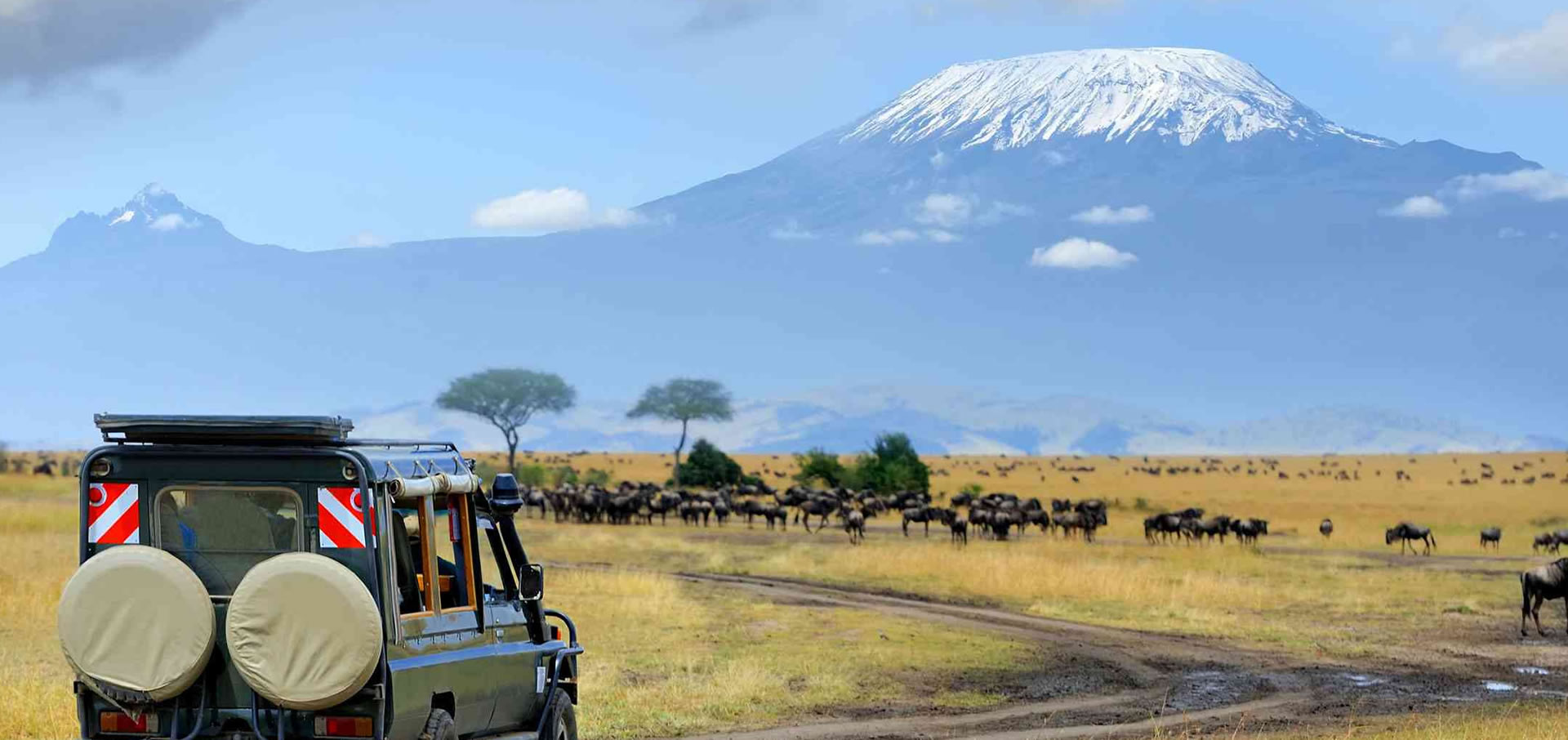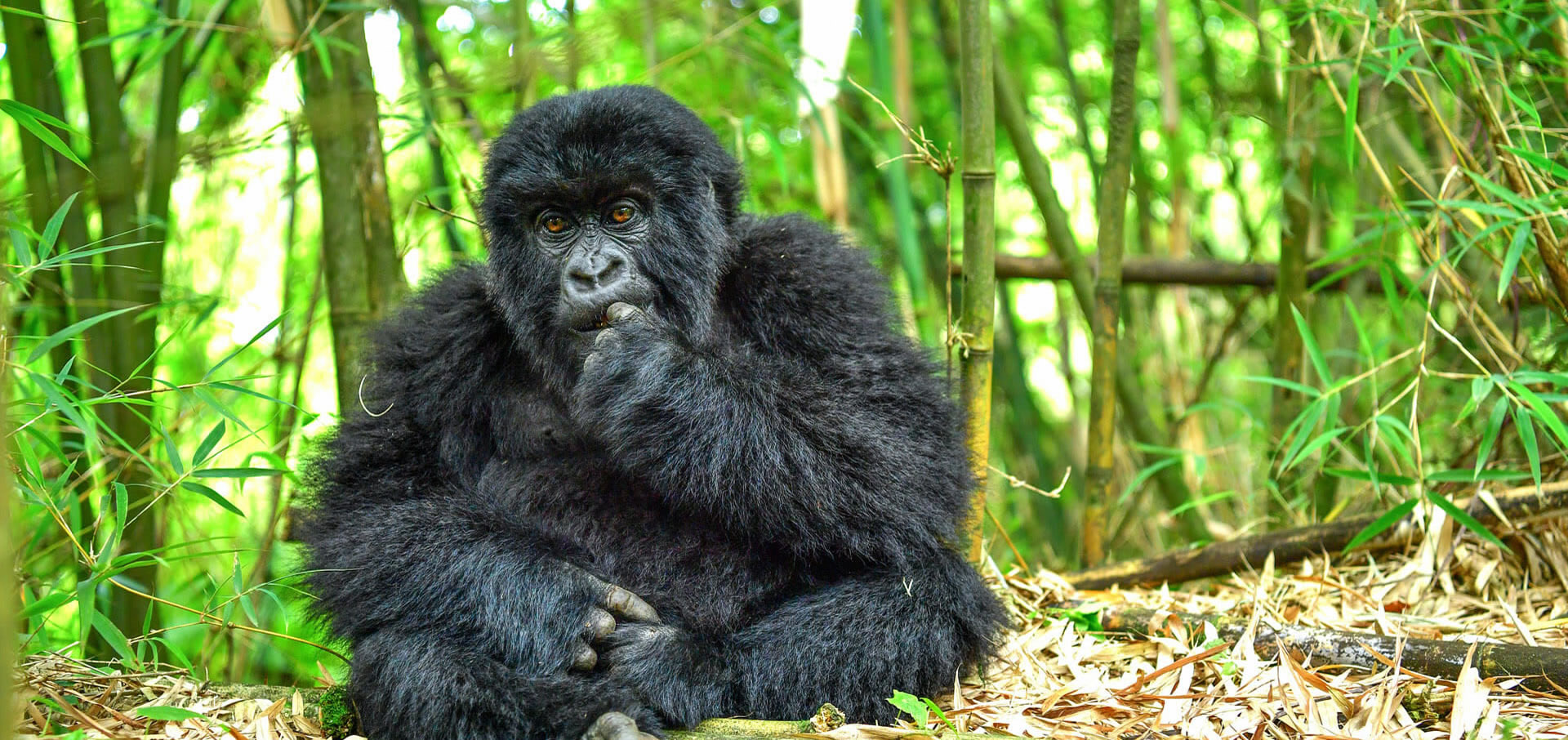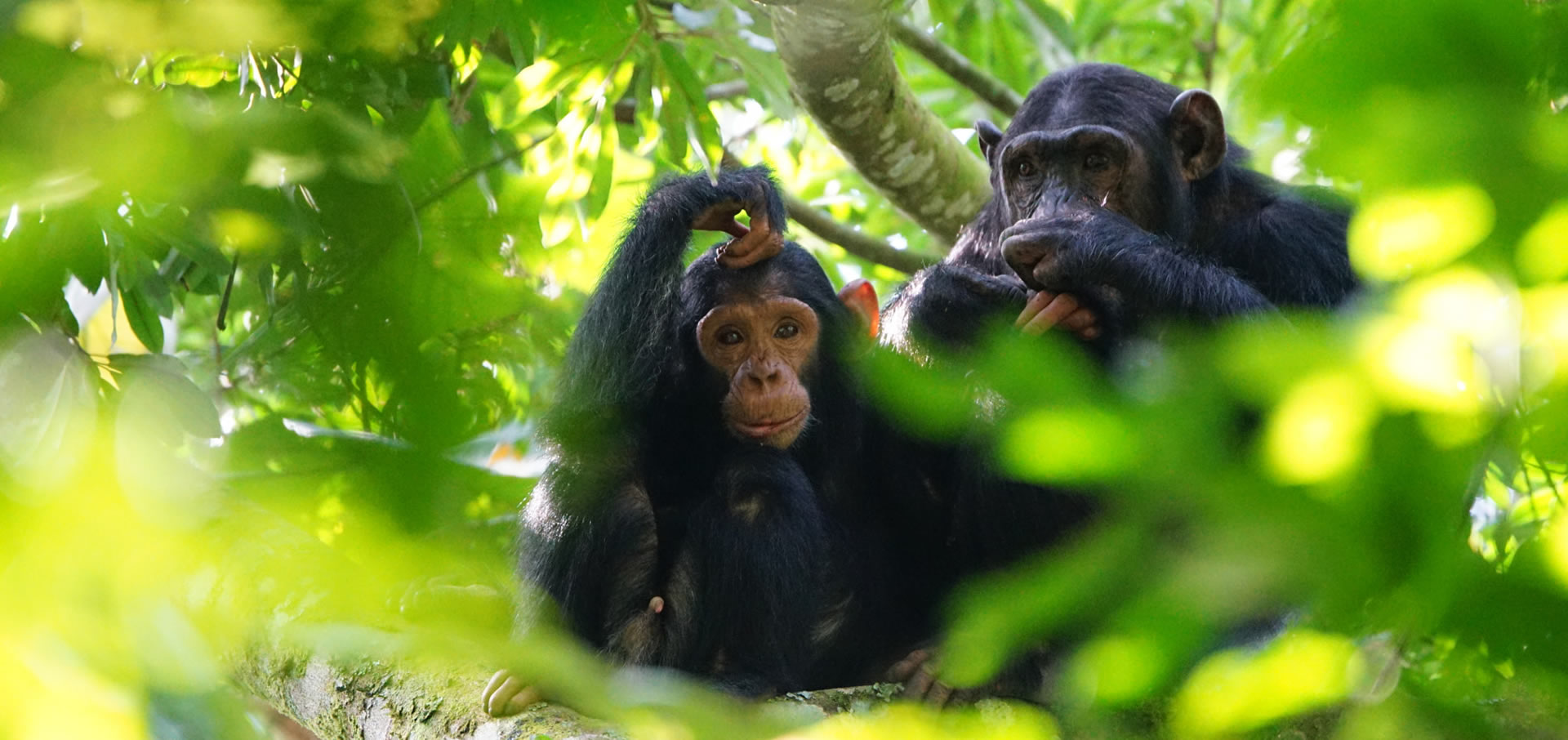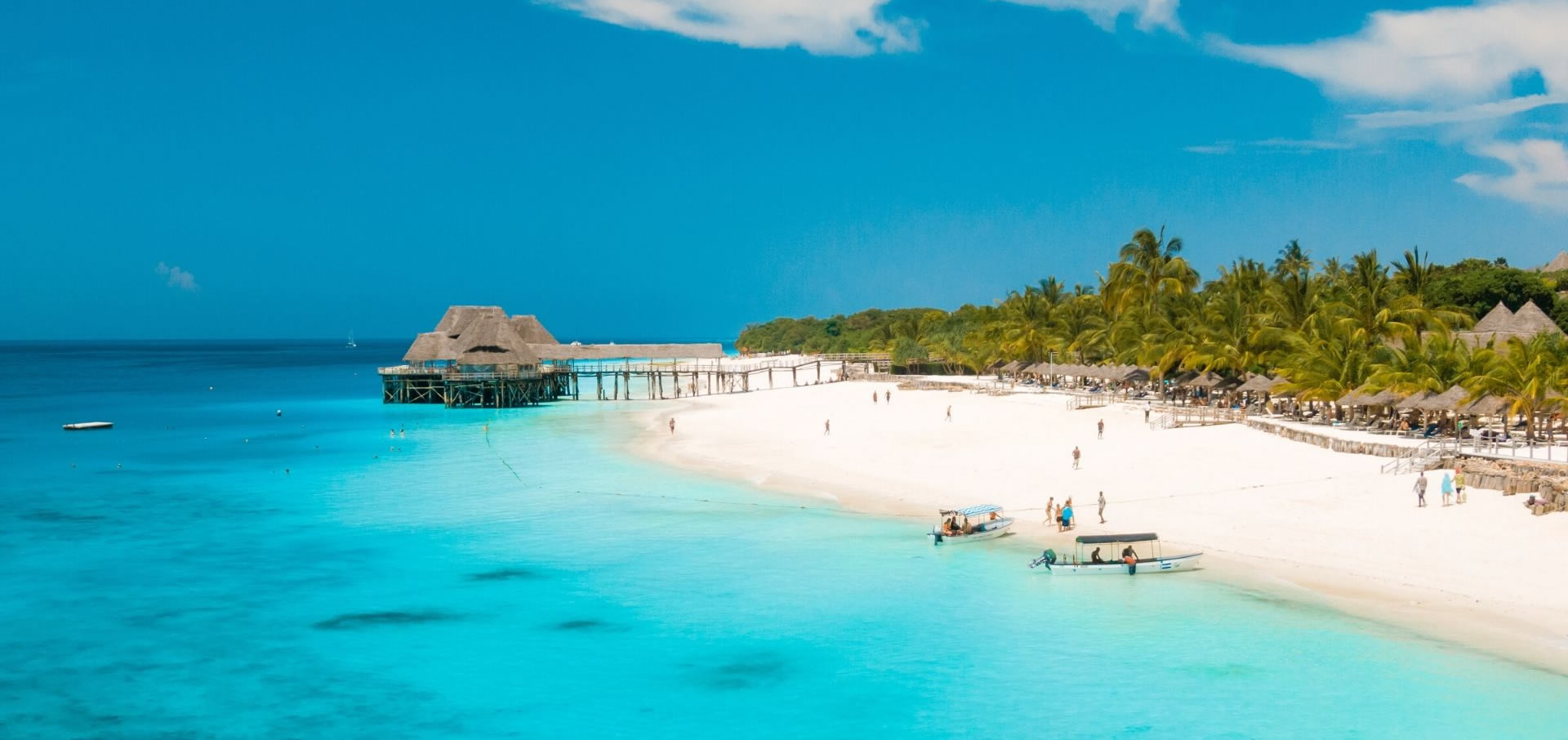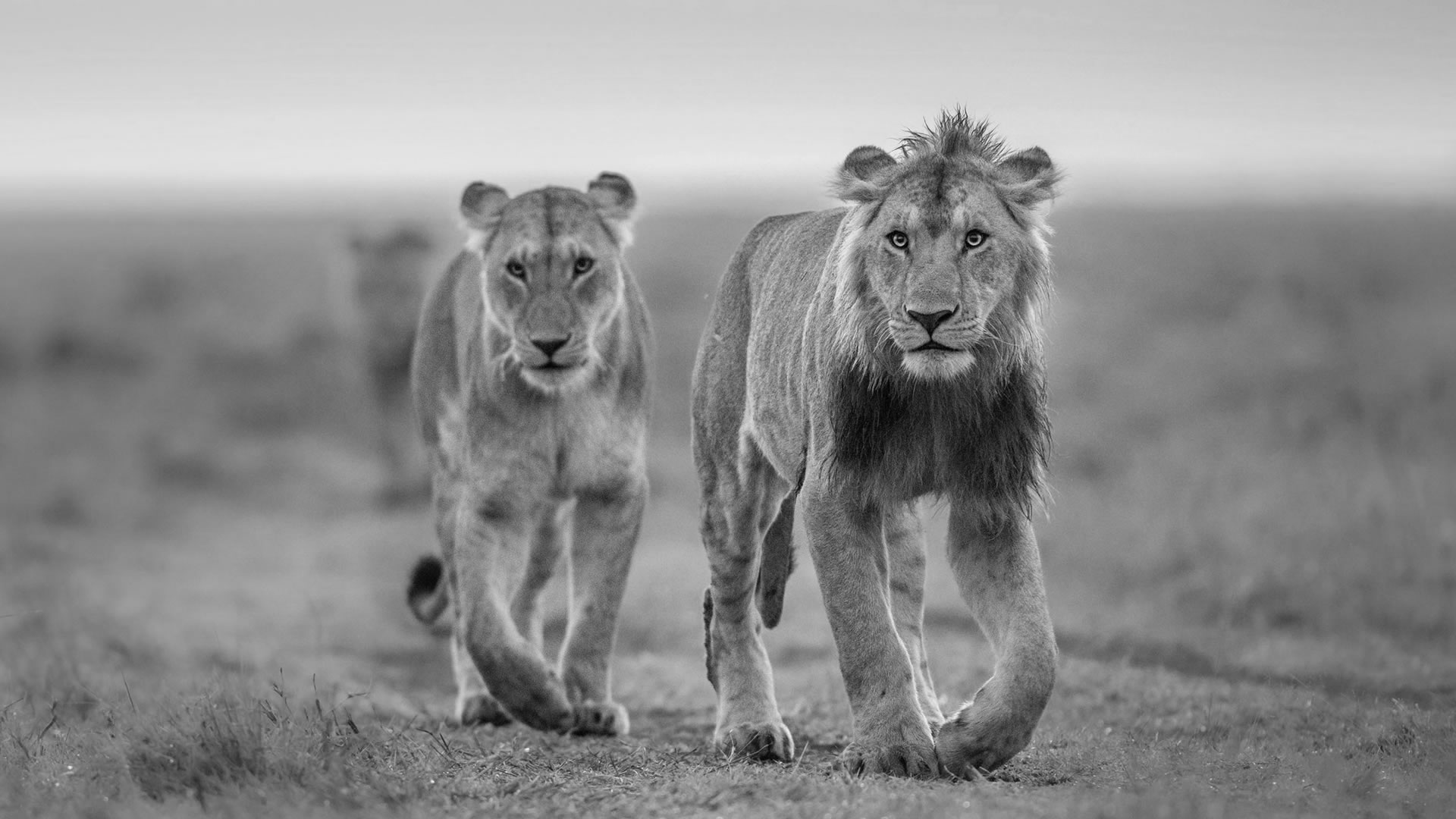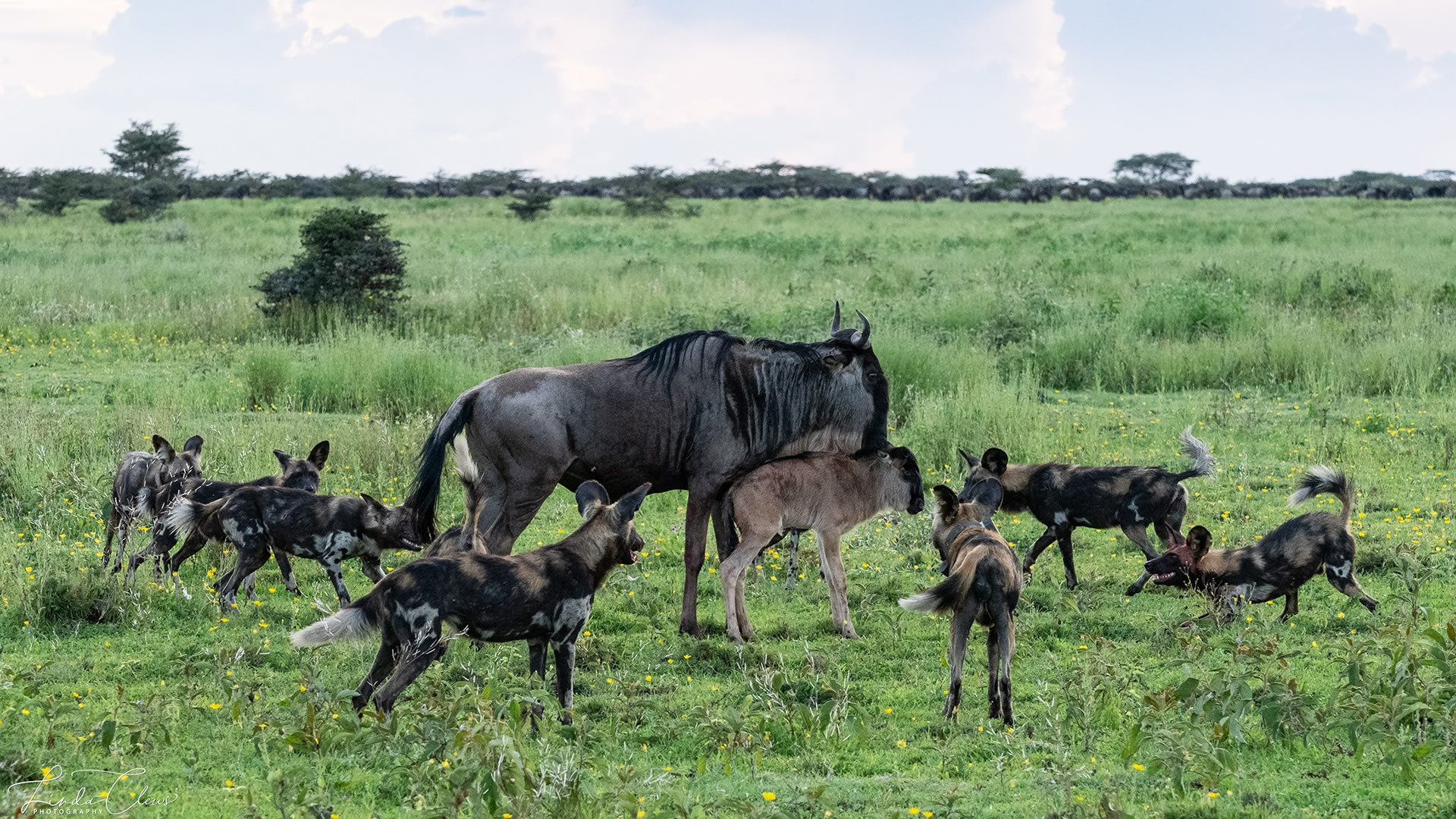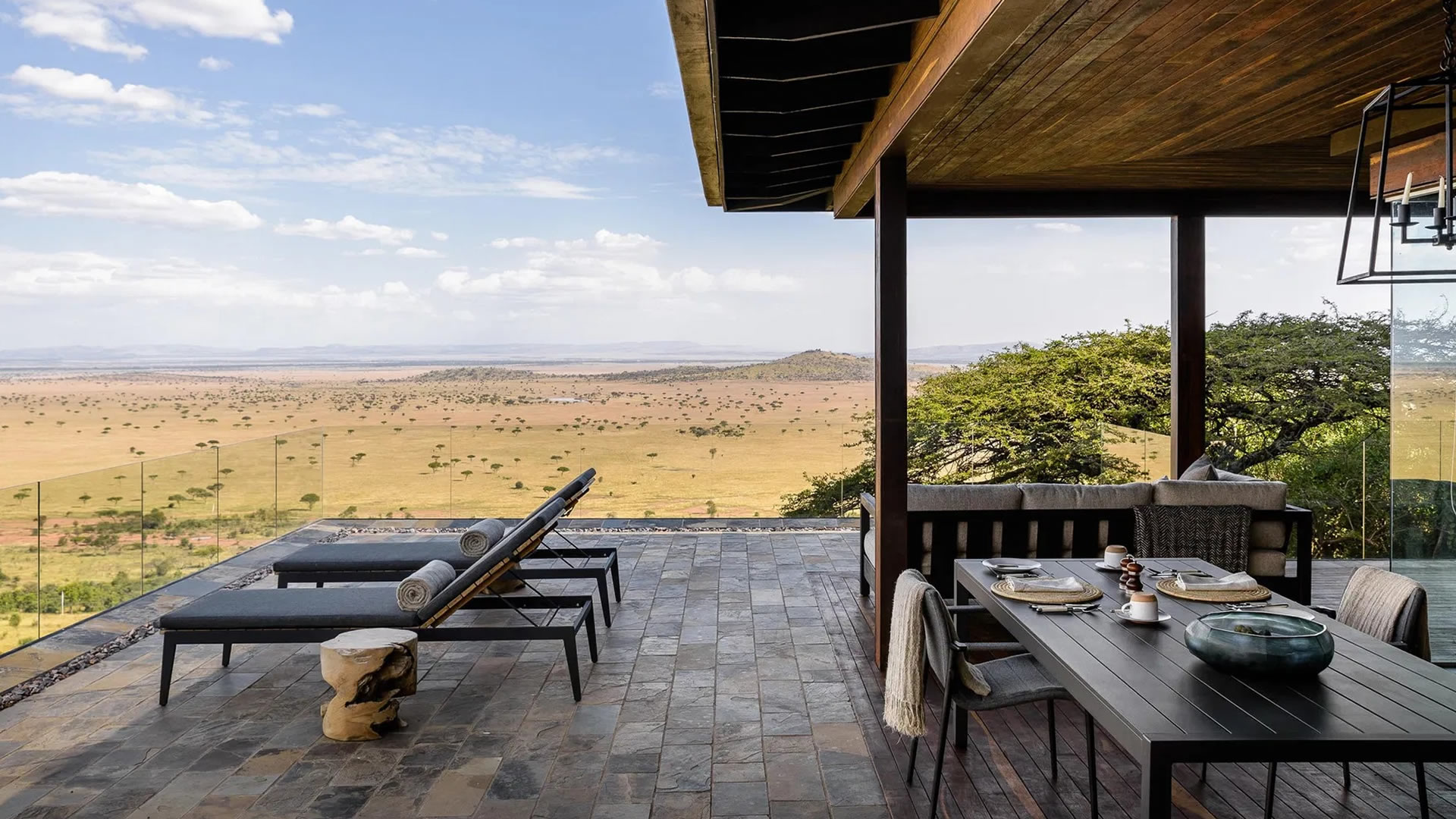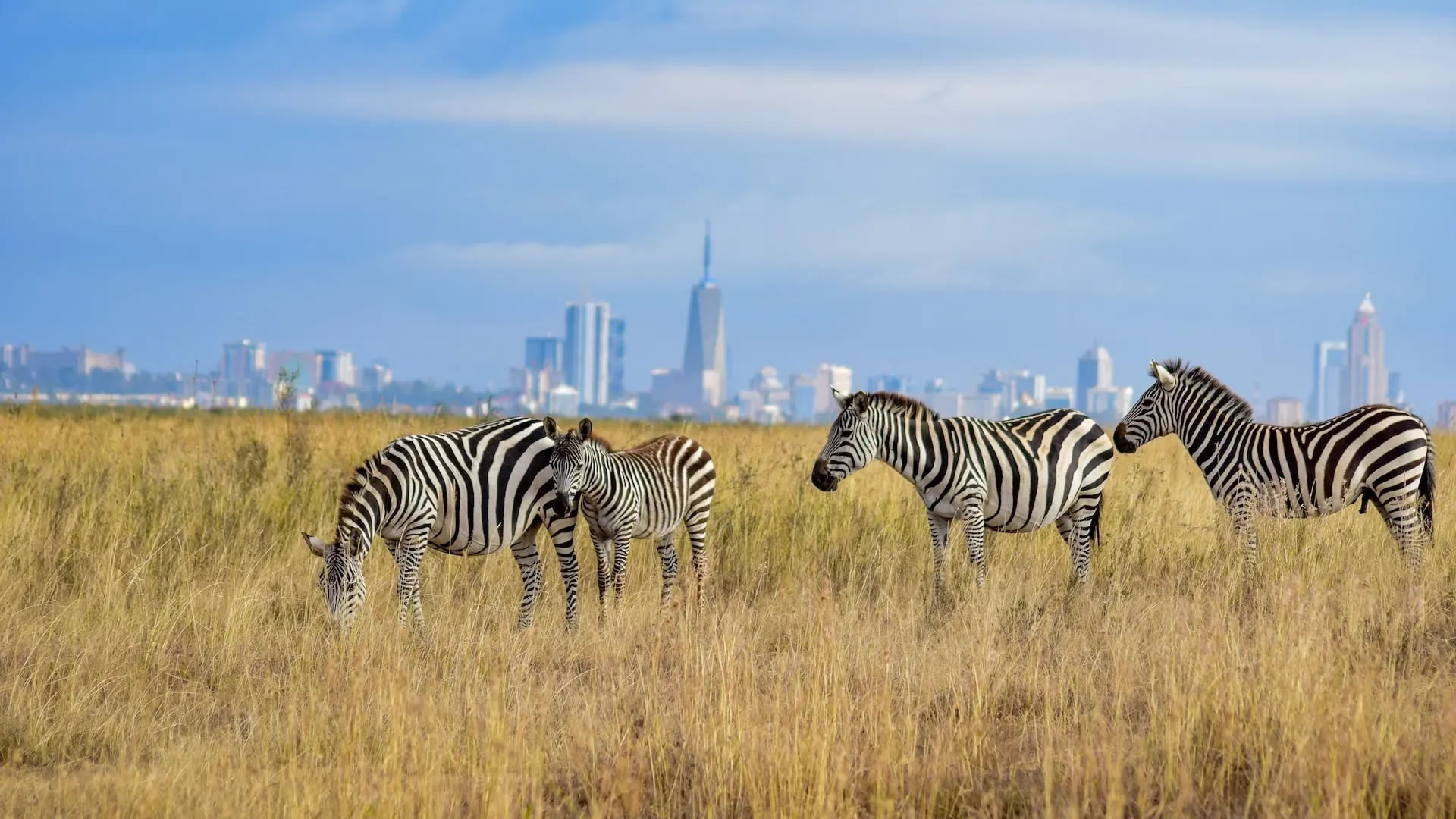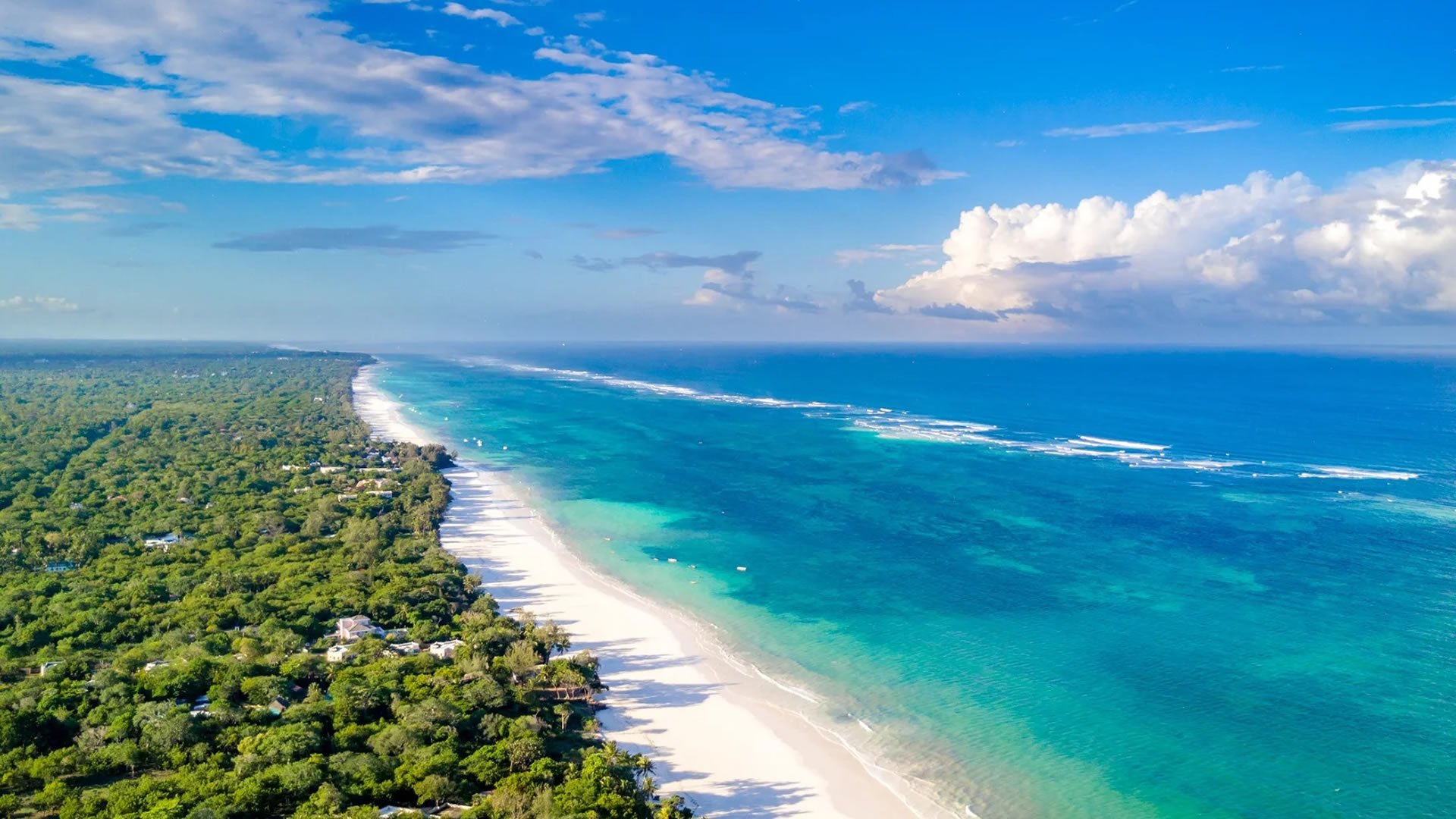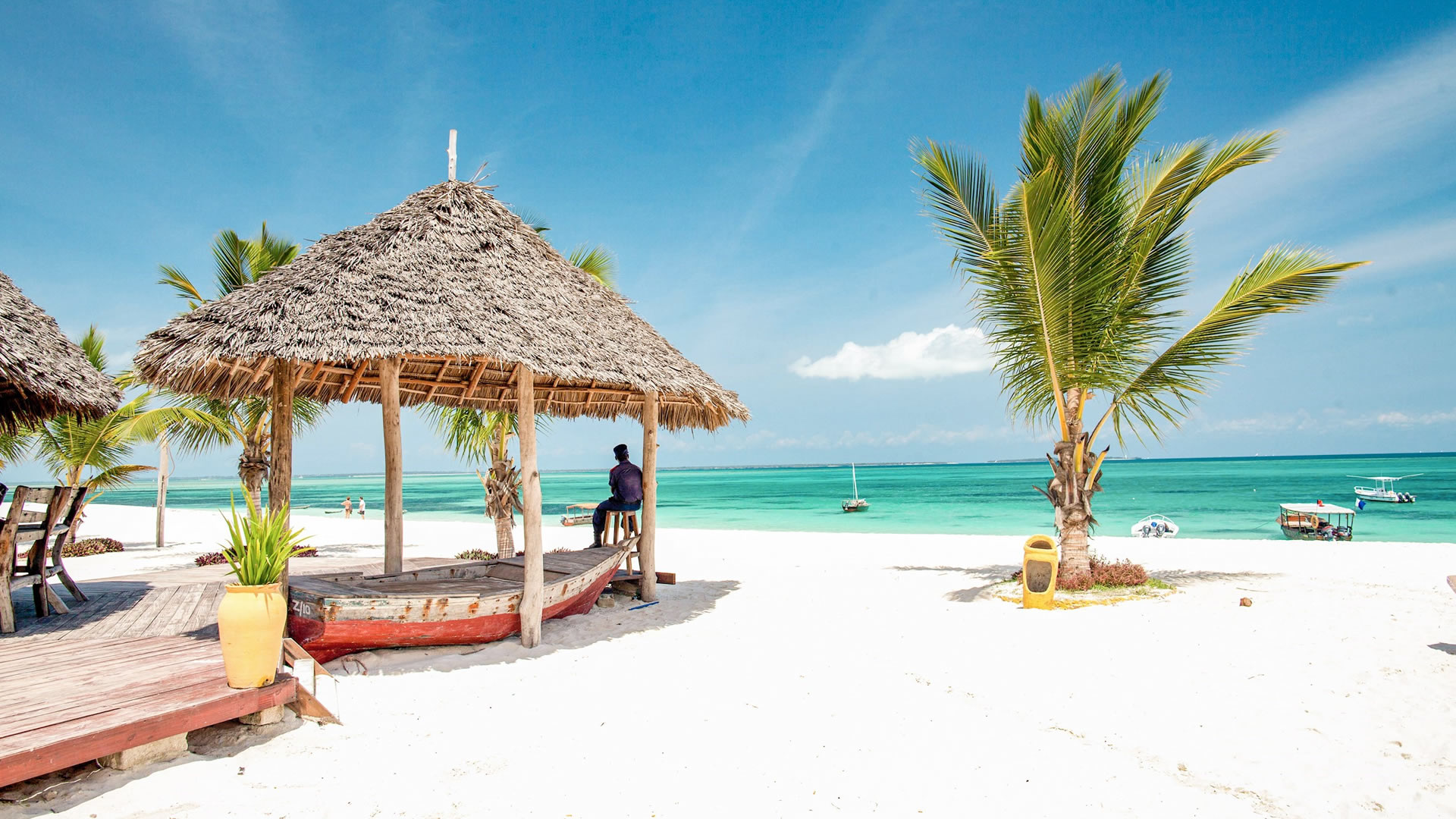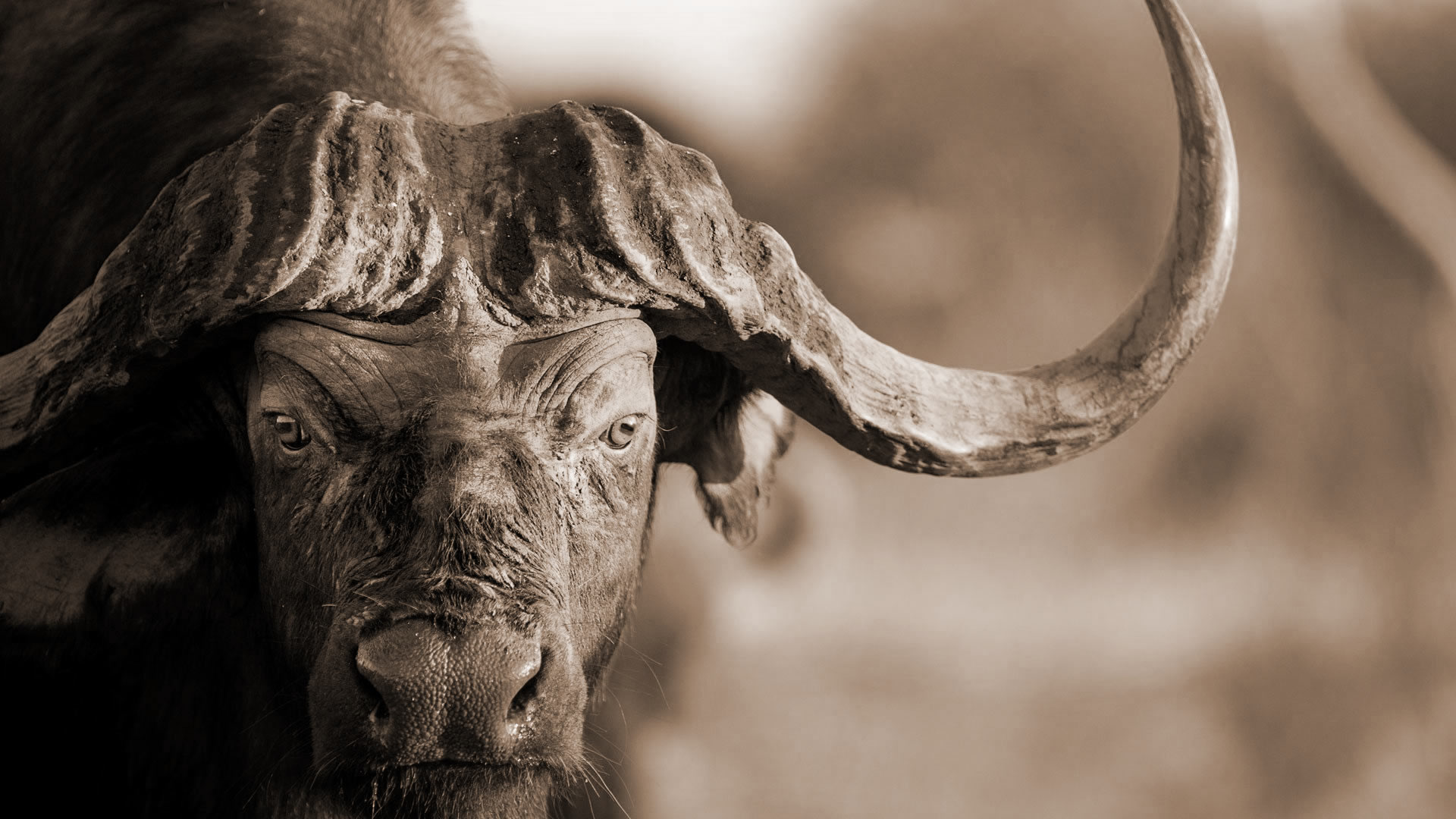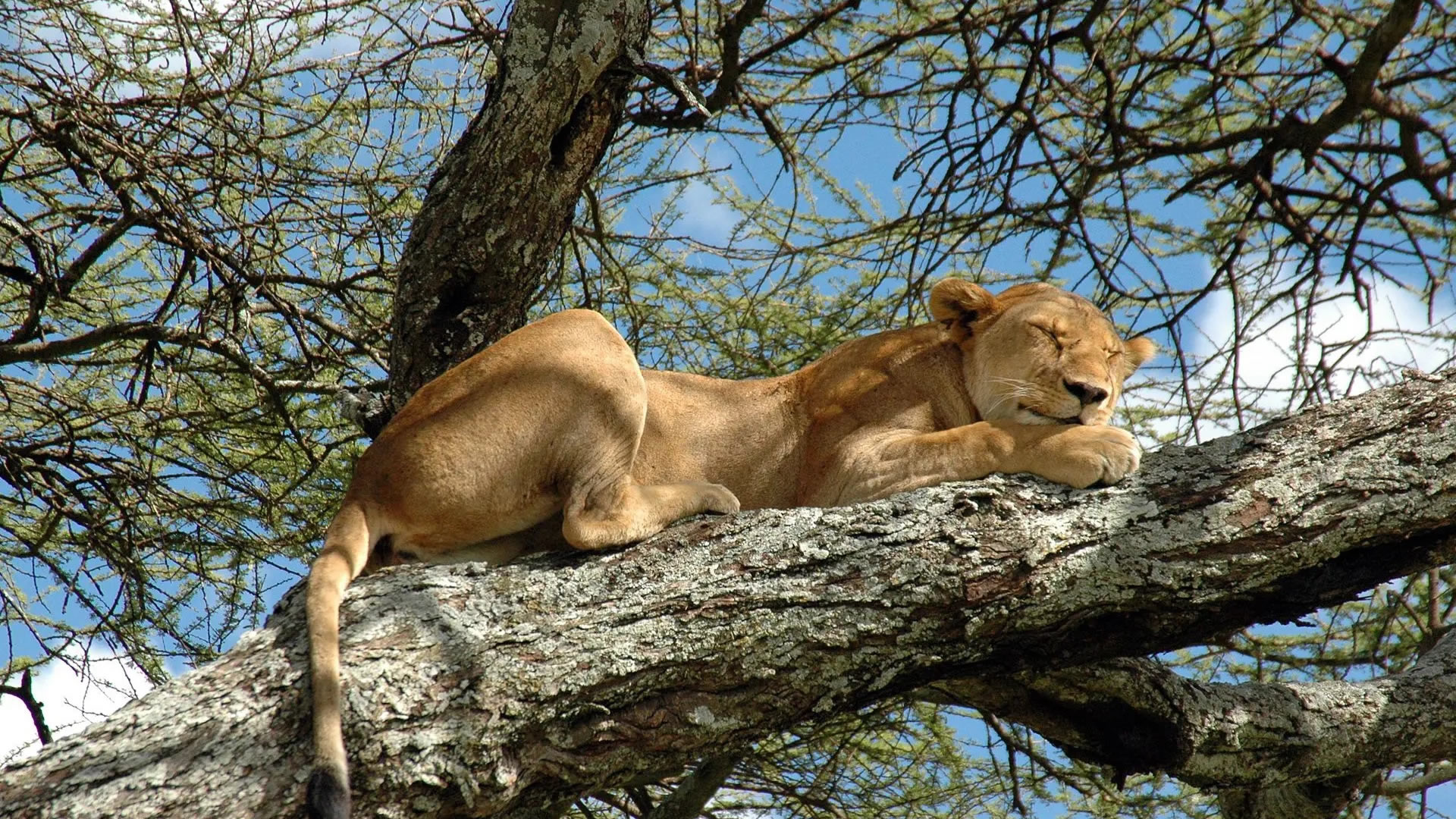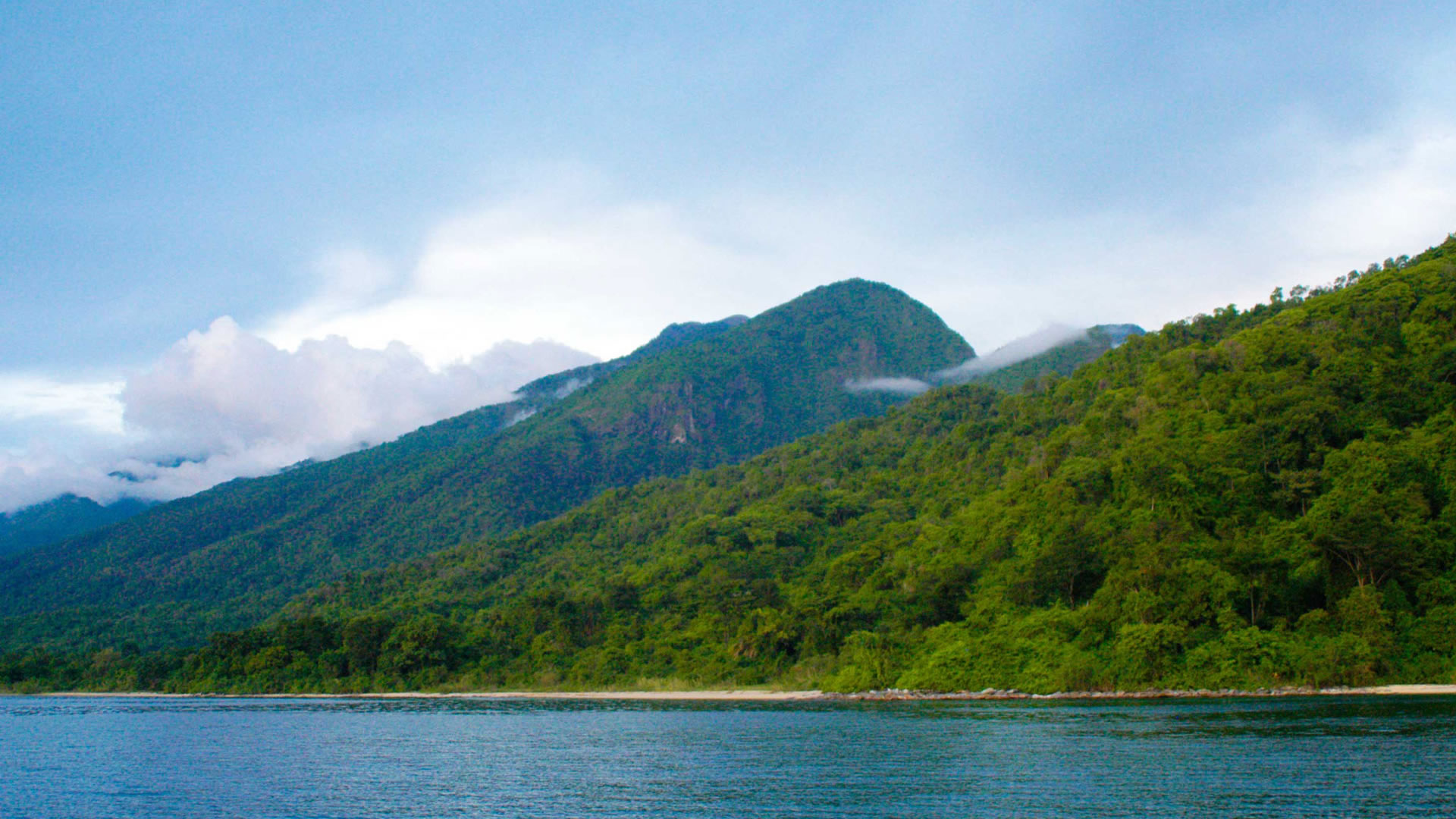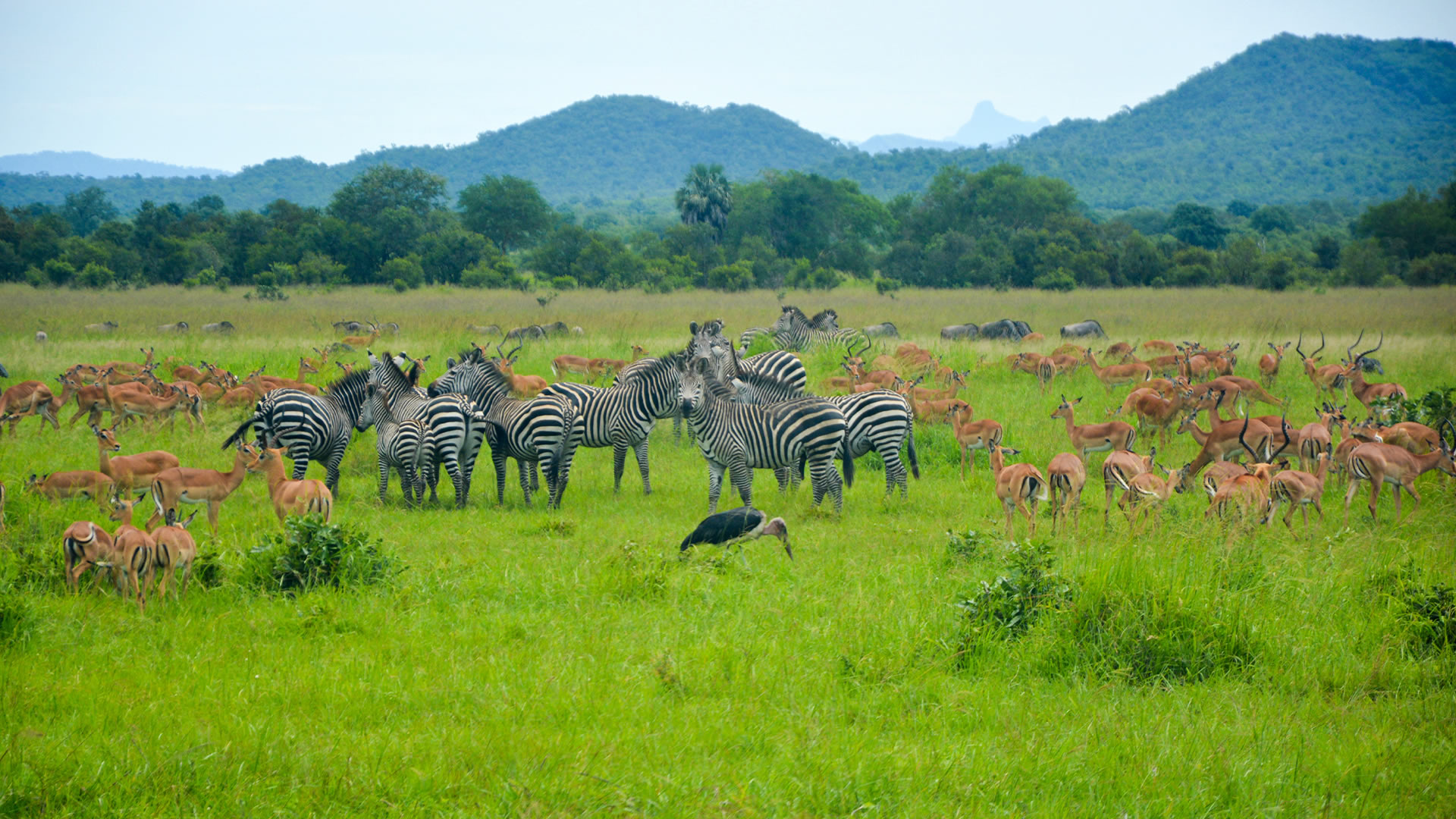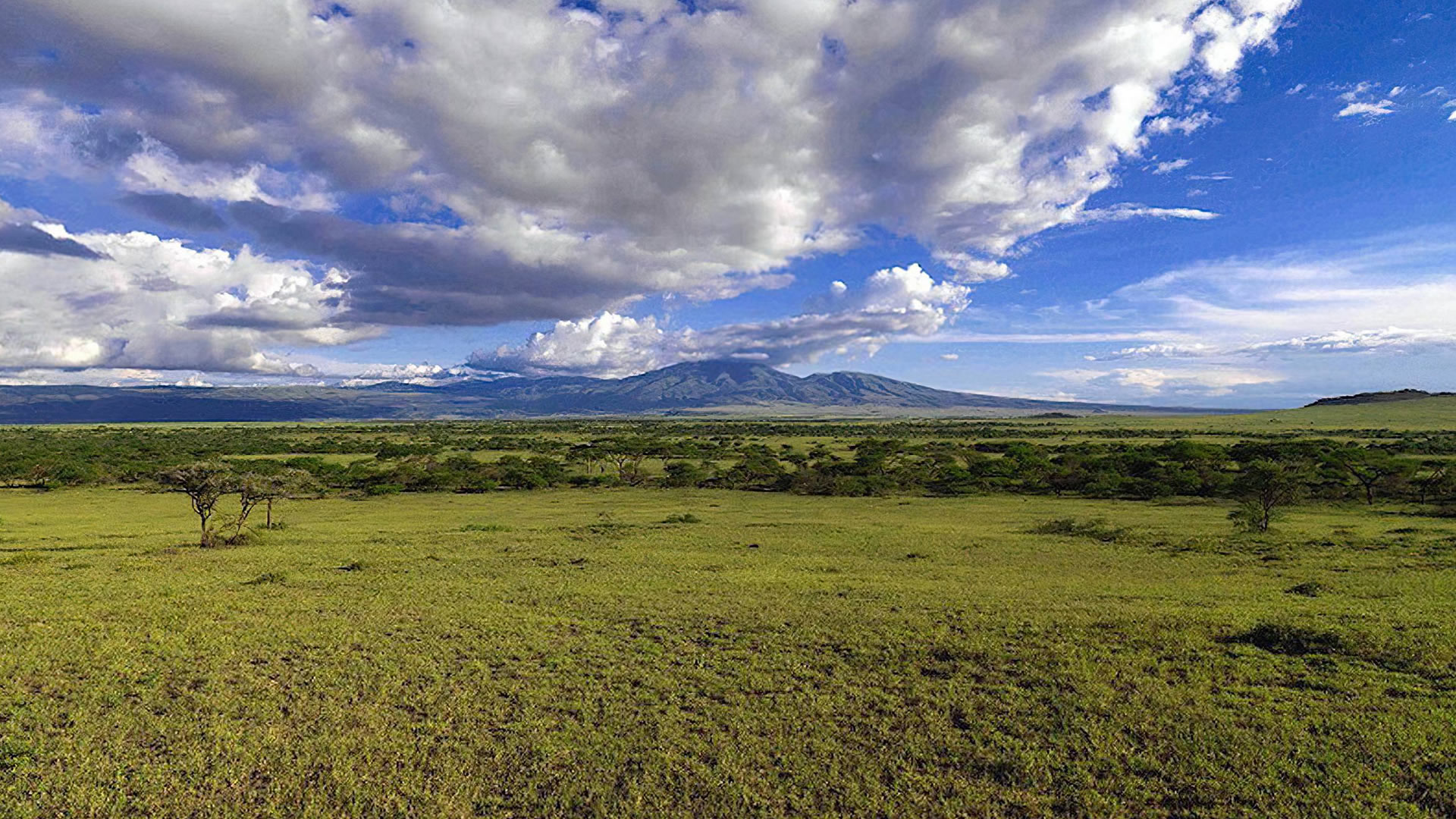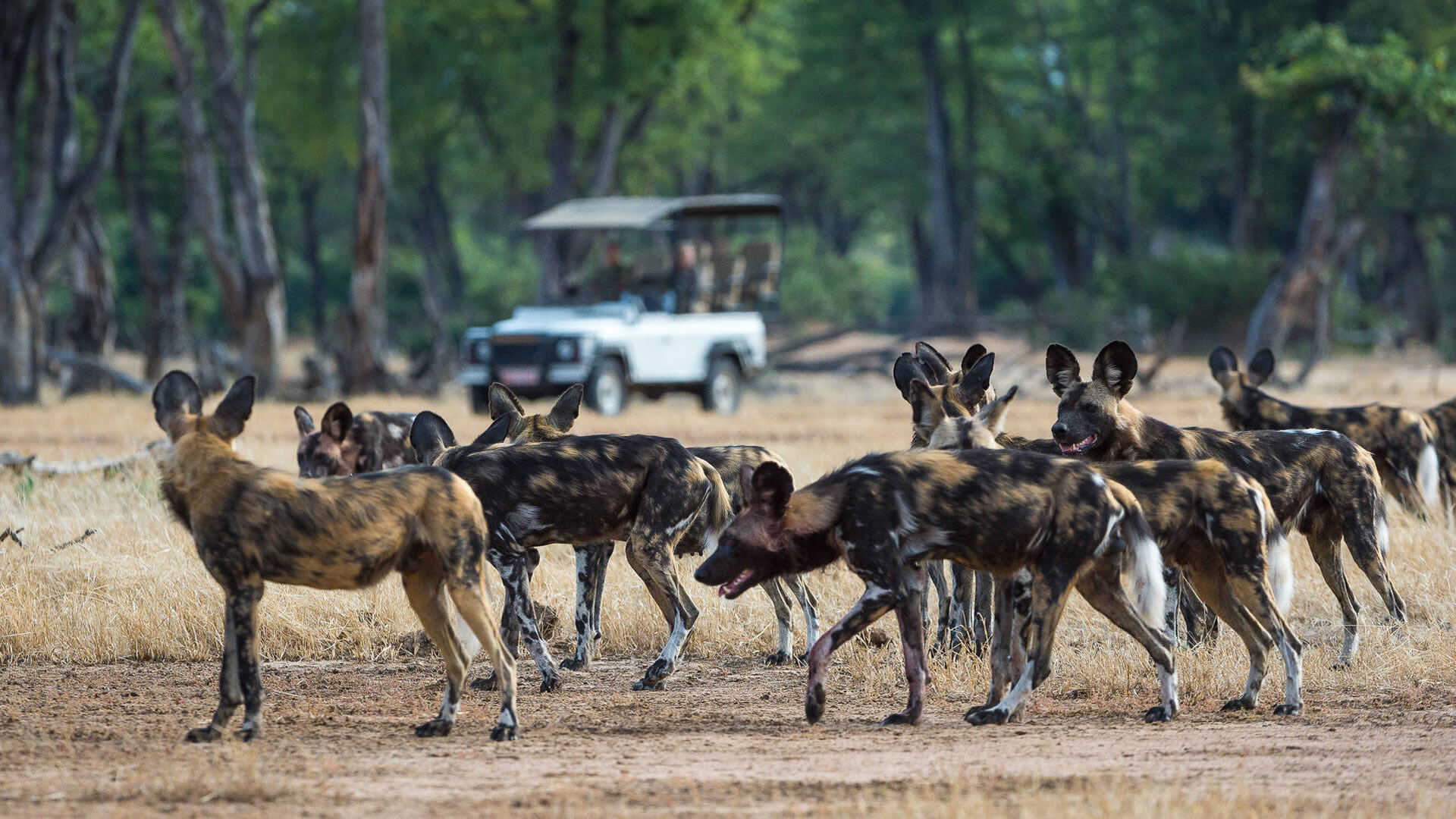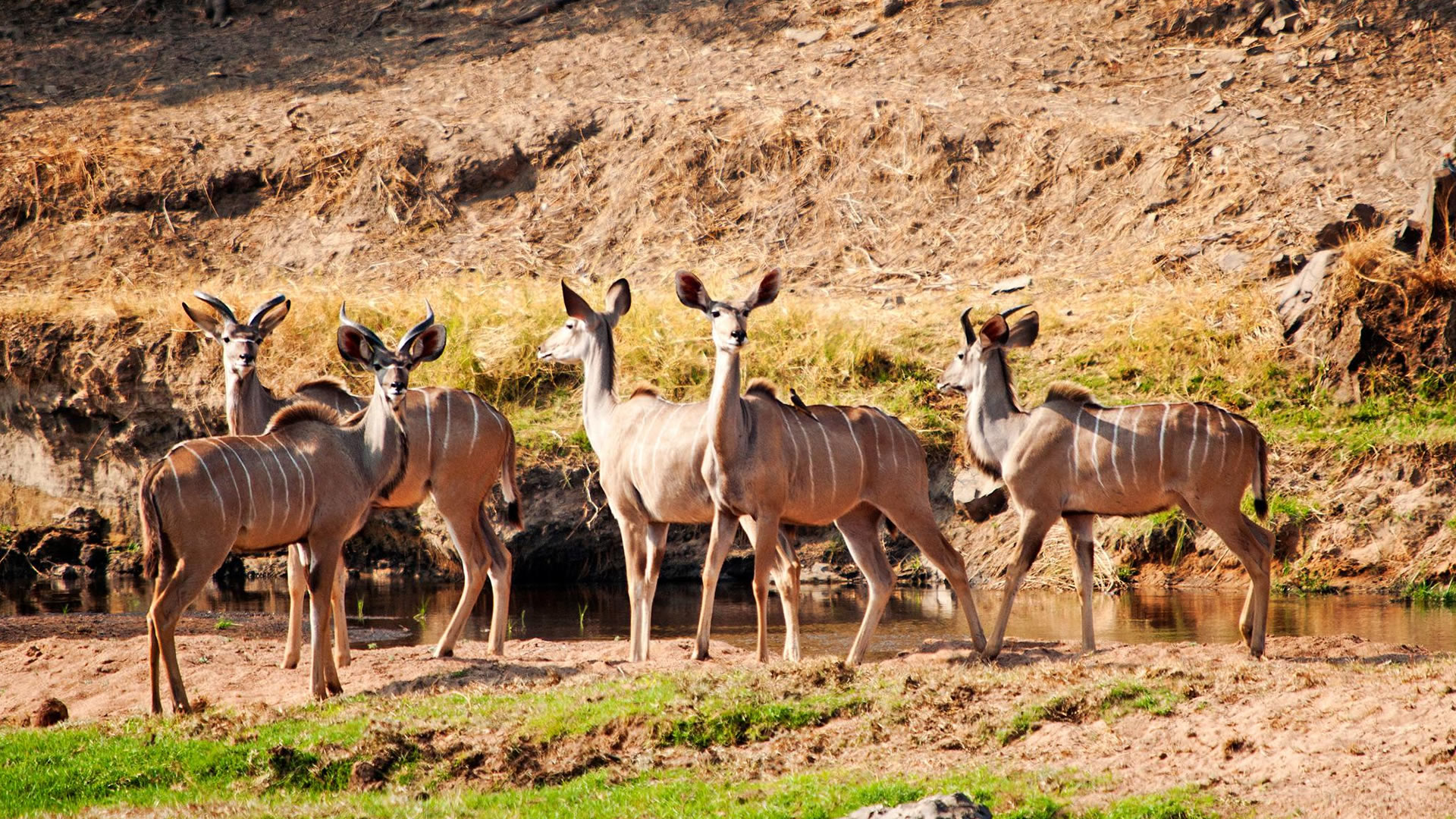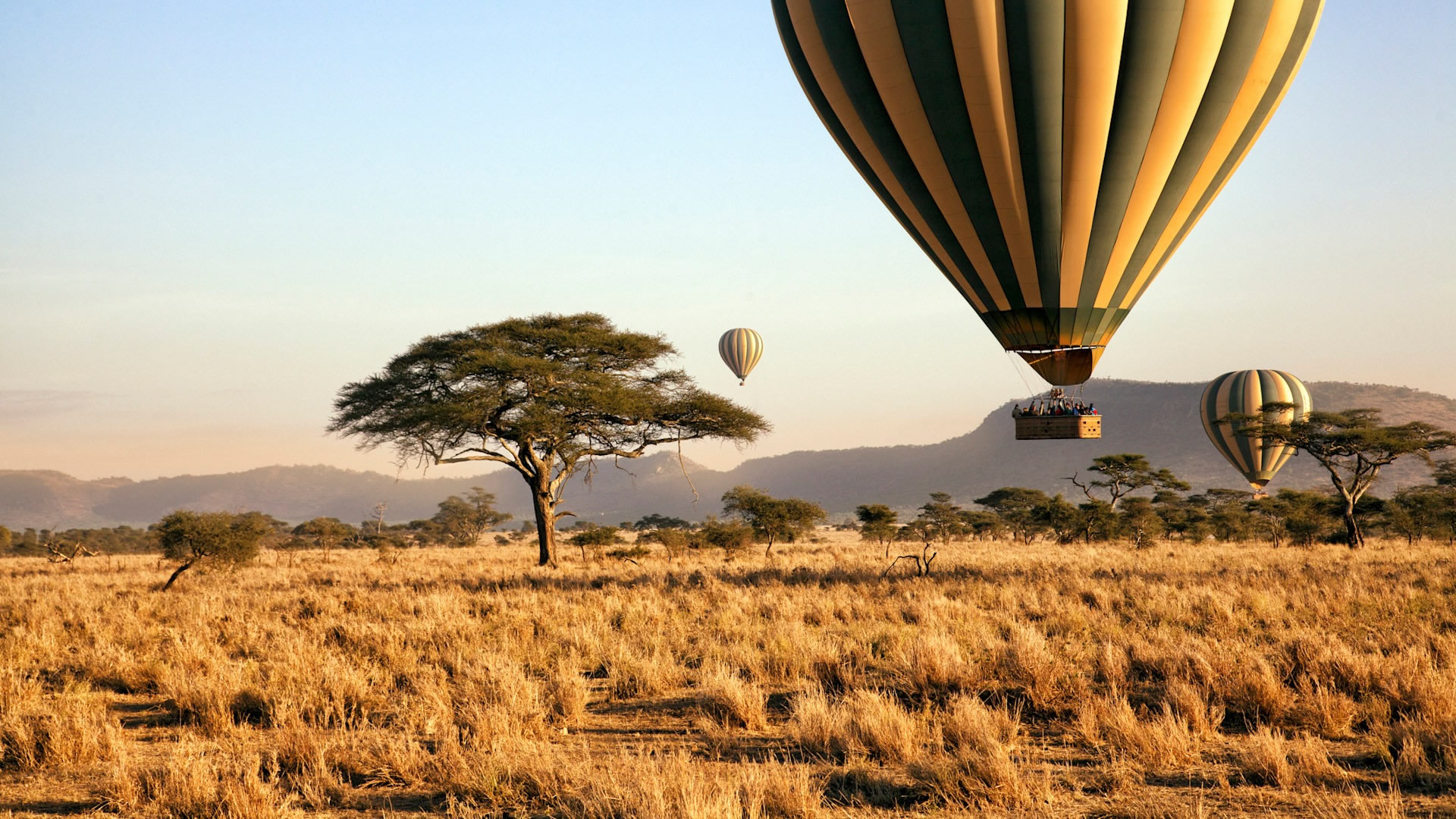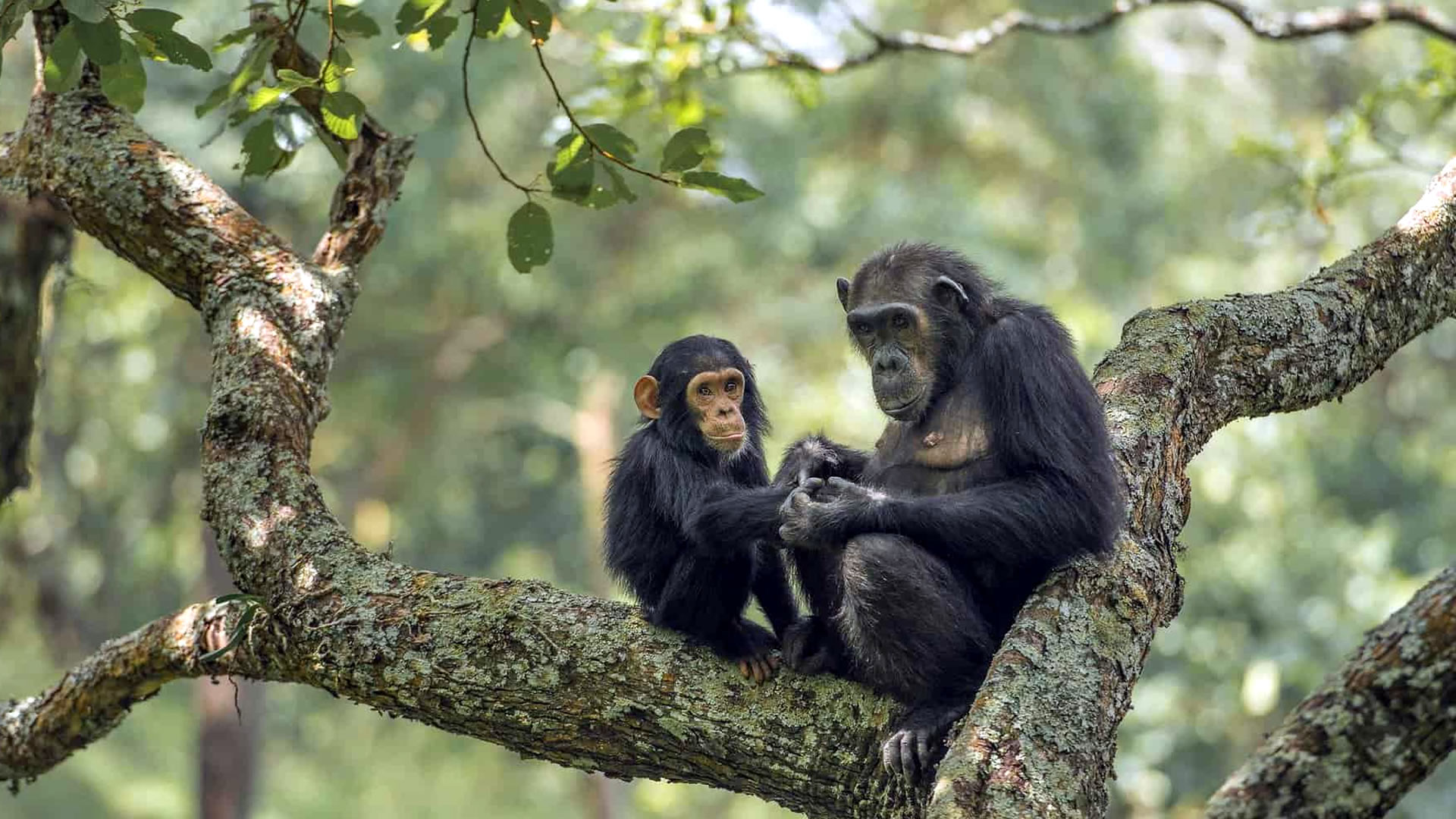
Gombe National Park
“Tanzania's smallest national park"
Spanning just over 14 square miles on the eastern shores of Lake Tanganyika, Gombe Stream is Tanzania's smallest national park. It is one of three places where you can see chimpanzees in Tanzania. The park's diverse topography comprises vast grasslands, dense woodland areas and tropical rain forest, bisected by steep valleys, rivers and streams of water. Famously, this is the site where Jane Goodall completed most of her pioneering chimpanzee research. The resident primatologist spent many years in Gombe observing the behaviour of Chimpanzees, an endangered species.
Thanks to Jane Goodall, Many of the chimpanzee troops here are habituated (used to humans), meaning you can trek to see them up-close in their natural forest habitat. Gombe is home to many rare primates alongside chimpanzees. There are olive baboons, red colobus, red-tailed monkeys, blue monkeys, and vervet monkeys. Birds, butterflies, and a wide variety of rare forest flora can be spotted during forest walks and chimpanzee treks. There are no large predators in Gombe Stream, apart from the occasional leopard sighting.
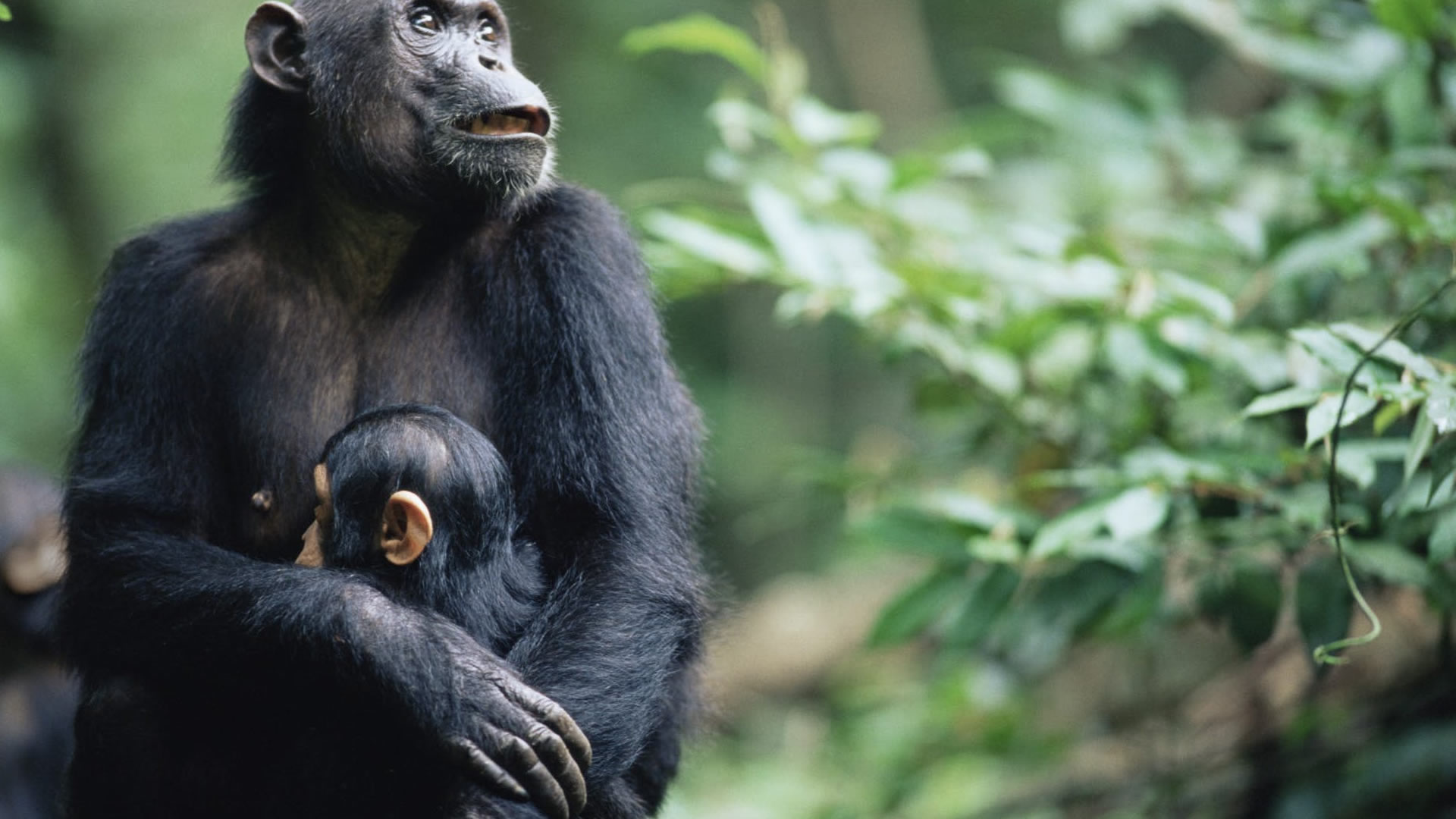
The Gombe National Park Highlight:
Chimpanzees - Gombe’s chimps are the main attraction, but the park is also home to a habituated troop of olive baboon that can usually be found on the lakeshore. Several other monkey species are present, notably the endangered Ugandan red colobus, which is sometimes hunted by chimps.
Experience the Gombe National Park
Set on the shore of scenic Lake Tanganyika, forested Gombe National Park is one of the best places in Africa to track chimpanzees. Originally habituated by Jane Goodall in the 1960s, the chimps of Gombe now form the subject of the world’s longest-running study of a wild animal population. Observing these fascinating apes, which are our closest living genetic cousins, in the wild is a truly unforgettable experience.
Gombe lies on the shore of Lake Tanganyika, which is the world’s second-largest freshwater lake by volume and the longest on the planet at 675km/420mi. Within the park, 13 streams run down from the forested escarpment to the sandy beach. Swim out into the lake to look back at how the forested slopes climb the steep Rift Valley escarpment.
Best time to visit: Gombe National Park
Chimpanzee Trekking
Head out on a guided forest walk to catch a glimpse of our closest relative, as well as up to 82 other wildlife species that call the parks home. Approximately 150 chimpanzees live in the park. A chimp sighting is never guaranteed. However, with experienced guides, the chance is good. Once you have located the troop, you will have up to one hour to observe them. You will need a permit for chimpanzee tracking, and at the time of writing, a chimpanzee permit for Gombe National park is the cheaper option at $100.
Wildlife Experience
The main wildlife attraction in Gombe National Park is tracking chimpanzees on foot. The park actually supports two chimp communities, totaling about 100 individuals, and you will be taken to look for the same one that was habituated by Jane Goodall in the 1960s. Once you’ve found the chimps, you can observe them for one hour, whether they’re feeding, resting or walking, before you return to camp.
Birdlife
Gombe National Park has a bird checklist of 287 species. Many of these are forest birds, which are quite difficult to spot, particularly since walking unguided is not allowed and guided walks tend to focus on chimps. The lakeshore is a good place to see African fish eagles and palm-nut vultures perched in the palm trees. Peters’s twinspot, a normally elusive forest bird, is quite tame and easily spotted in the camp. Migratory birds are present from November to April.
Best time to visit
The best time to visit Gombe Stream National Park is from June to September, during the dry season. Trekking through the forest is easier at this time of year, and the likelihood of seeing the chimps increases.
Gombe has one continuous wet season from November to April, and we advise you to avoid this time, as nature walks are less enjoyable in the mud and rain and likely lead to cancellation.
Getting There?
The only way to get to Gombe National Park is by boat from Kigoma town. Depending on your itinerary, you might book your international flight to Kilimanjaro International Airport (JRO) in Arusha town or Julius Nyerere International Airport (DAR) in Dar es Salaam.
In most cases, your tour operator will pick you up from the airport or, if not, you can take a taxi. Your tour operator will also book your onward domestic flight to Kigoma Airport (TKQ) and will charter a private motorboat to Gombe. The boat trip takes 1 to 2 hours.
It is also possible to take a public motorboat (known as a lake taxi) from Kigoma to the park. This trip takes about 4 hours.


